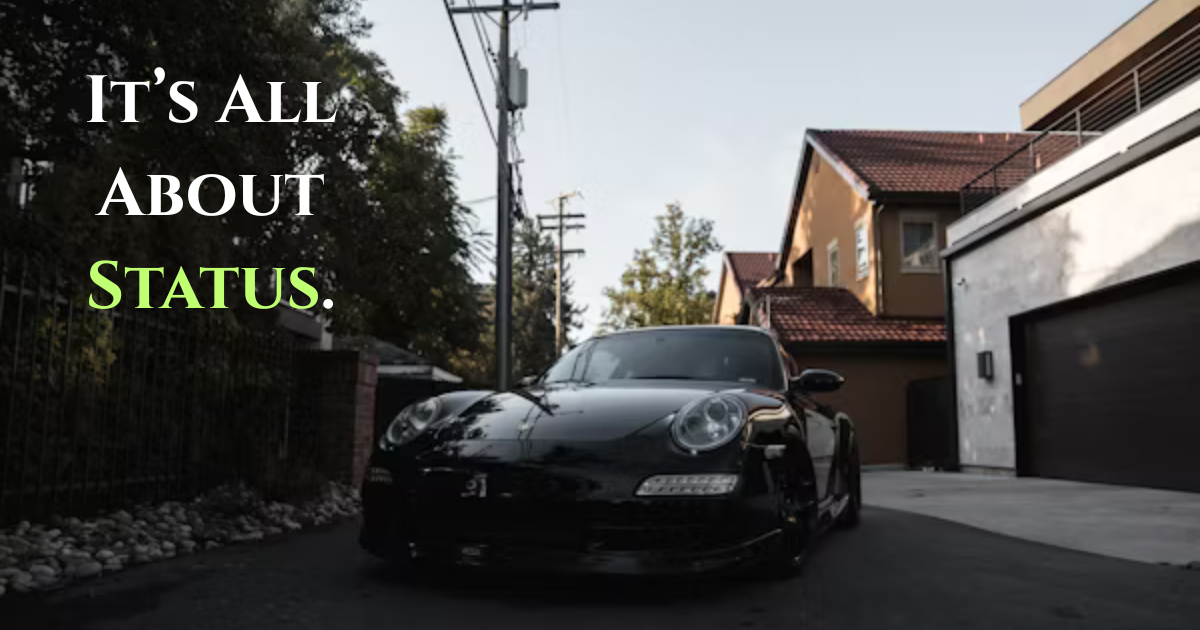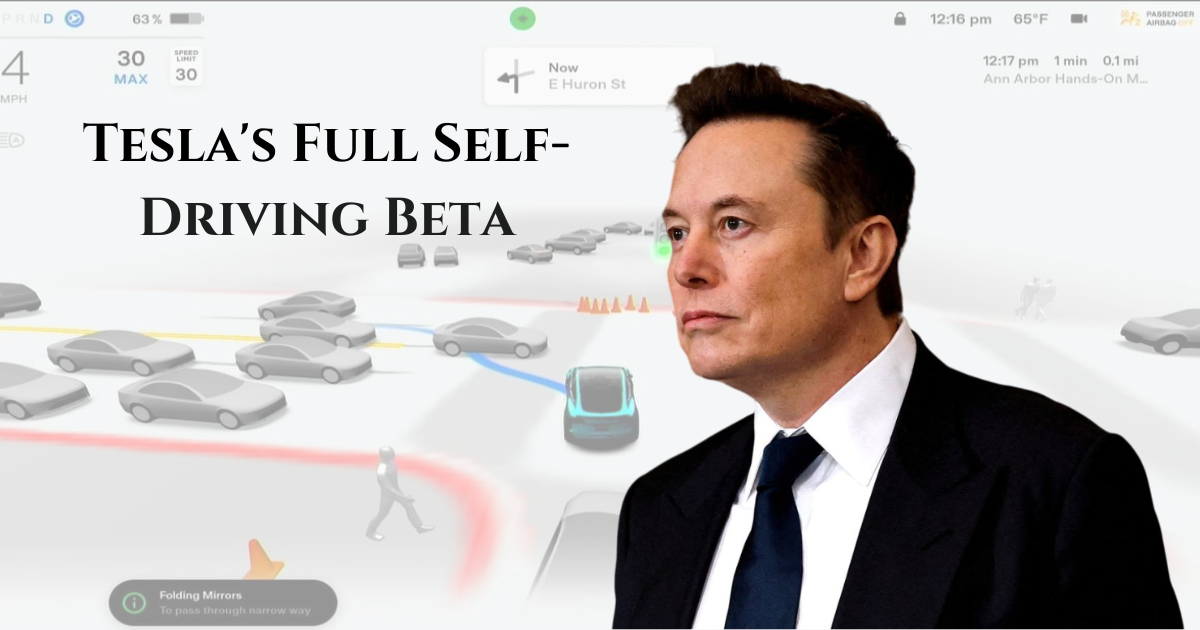Car culture on social media has shifted from horsepower to pure power moves. Here’s how flexing luxury rides became the new way to show who you are (or who you wish you were).
Intro: The Evolution of Car Culture
Once upon a time, loving cars was about engine specs, drifting techniques, or the sound of a V8. Today? It’s about that slow-motion G-Wagon door close, neon lighting, and revving your Ferrari in a silent neighborhood. Social media didn’t just change how we show cars—it changed why we show them.
1. The Rise of the “Flex Reel”
In 2023 alone, Instagram saw a 170% increase in car-related reels tagged with hashtags like #SupercarGoals and #GaragePorn. These aren’t enthusiasts—these are aspirants and influencers using luxury vehicles as props to signal power, success, and exclusivity.
And let’s be real: you’ve probably watched them on loop too.
2. It’s Not the Car—It’s the Perception
Why do people record reels unlocking their Lamborghini? Why do so many shots zoom in on logos?
Because it’s not about driving the car—it’s about owning the perception that you can.
Cars are no longer just machines. They’ve become identity badges. Especially in places like India, Dubai, and L.A., the car you showcase online is your unofficial resume.
3. The G-Wagon: Social Media’s Ultimate Power Flex
Want to announce you’ve “made it”? Post a reel with a Mercedes G-Wagon. Period.
Its boxy silhouette, tank-like doors, and iconic AMG growl scream dominance. It’s not about aerodynamics or price—it’s about commanding attention.
For influencers and entrepreneurs alike, the G63 isn’t just a car. It’s a statement.
4. Car Mod Culture: The New Aesthetic Game
Wrapped matte black. RGB wheel lights. Suicide doors on sedans. These aren’t racing mods—they’re aesthetic mods, made for the camera.
The rise of street car content has nothing to do with speed and everything to do with style. People are customizing cars not to drive better—but to trend better.
5. Leasing for the Likes
Here’s a controversial truth: a huge percentage of the luxury cars in your feed aren’t even owned. They’re leased for the weekend, rented for a video shoot, or borrowed from friends. But does it matter?
Not in the world of perception. In the attention economy, the car you stand next to is more valuable than the one you own.
6. The Psychological Engine Behind It All
Luxury cars trigger a deep psychological association: power, respect, access. When someone posts a clip stepping out of a McLaren or cruising in a Rolls-Royce, your brain fills in a story:
“This person is successful. This person is elite.”
And that story gets them likes. Follows. Brand deals. Attention.
Which, in this era, is often more valuable than torque specs or 0-60 times.
7. Is This the Death of True Car Love?
Maybe not. But it is evolving.
There’s still space for people who genuinely love cars for their engineering and performance. But those voices are getting quieter, buried under a wave of curated automotive content built for aesthetic envy—not education.
Conclusion: Welcome to the Showroom Era
You don’t need to drive well. You just need a good angle.
In today’s world, cars aren’t just for the road—they’re for the algorithm.
The road to attention is paved with exhaust fumes, luxury logos, and cinematic slow-mos. And the destination? Digital dominance.










